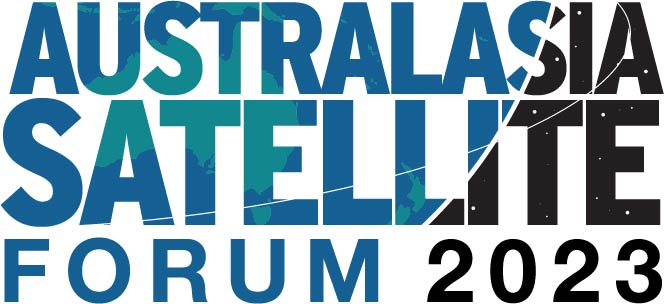|
New University space antenna
lifts the lid on space communication
A new communications antenna that
will provide ground support to space missions and reduce
the chance of collisions for spacecraft has been
unveiled at the University of Tasmania’s Greenhill
Observatory.
Developed in partnership with the
Australian Space Agency, the $2-million antenna was
funded jointly by the Australian Government’s Space
Infrastructure Fund (SIF) and the University, with the
investment designed to help grow the Australian space
sector and advance national space infrastructure.
This new and unique infrastructure
will provide local and global partners with the
opportunity to conduct activities never before possible
in the southern skies. It will be operated by a
highly-skilled team from the University.
The University of Tasmania is a
leader in space sciences and the only University in the
world that operates a continental-scale array of
antennas.
Professor Simon Ellingsen, Dean of
School of Natural Sciences, said the new 7.3-metre
antenna 70 kilometres north of Hobart would provide
space-to-earth communications for low-earth-orbit
satellites.
“This is now the southernmost
antenna of its kind in the world, adding to our Southern
Skies Network,” Professor Ellingsen said.
“In the past, we have only been able to listen to
transmissions from spacecraft but now we are able to
transmit messages through radio frequency communications
to spacecraft, sending commands as well as receiving
data.”
The new infrastructure is also
critical to the development of the field of Space Domain
Awareness, which allows ground crews to track
spacecraft, like satellites and debris in space.
“For the first time we will be able
to develop a fully sovereign bi-static radar capability
– a more sensitive and accurate form of locating
satellites and space-debris – transmitting from the new
antenna and receiving reflected signals at other sites
across our array, such as the Mt Pleasant observatory 40
kilometres from Bisdee Tier.”
“Globally, satellites are being
launched into space at an increasing rate. To launch
safely and to keep the assets safe once they are in
orbit, we need to know where the stuff already up there
is,” Professor Ellingsen said.
“In 2018 there were around 2000 active satellites in
orbit, then this doubled in less than two years – in
2020 and 2021 more than 2600 new satellites were
launched. In May 2022 SpaceX, one company alone, had
launched more than 2300 active Starlink satellites into
orbit.
“The growth is exponential, so we
are working on innovative techniques and technologies to
tackle the challenges this brings, and our new antenna
plays an important role in this work.”
Head of the Australian Space
Agency, Enrico Palermo, said this new capability further
cements Australia’s position as a strong and attractive
partner in space.
“Our Space Infrastructure Fund has
been critical to address the gaps in our space
infrastructure; ensuring Australia can speed up delivery
of space-based services and increase its space
contribution globally,” Mr Palermo said.
“Australia is deeply experienced in
spacecraft tracking and communications, and our
geographical advantages provide an added boost to this
capability. University of Tasmania’s upgraded facilities
will further advance Australia’s expertise in this area
and open doors to exciting new research and commercial
partnerships.
“Space technology, like satellites,
is critical in supporting our everyday life and national
wellbeing, and the new antenna will track and protect
vital technology in space that we rely on here on
Earth.”
University of Tasmania
Vice-Chancellor Professor Rufus Black said the
University was proud to be partnering with the
Australian Space Agency and prestigious space industry
partners like SpaceX, Skykraft and Hensoldt to deliver
extraordinary new capabilities to the Tasmanian
space-related business ecosystem.
“The University has a long and
distinguished history of space and astronomy research
dating back to the 1950s when the world’s first radio
astronomer Grote Reber moved to Tasmania to pursue his
research,” Professor Black said.
“Reber saw the undeniable value of
our unique geographic situation, close to the
geomagnetic pole and perfect for viewing the southern
skies and southern lights ‘Aurora Australis’; since
then, we have developed a world-class team and
infrastructure that supports their work.
“Tasmania’s future as a high-tech
gateway to space is bright.”

13 & 14 June 2023
Fullerton Hotel
Sydney
|